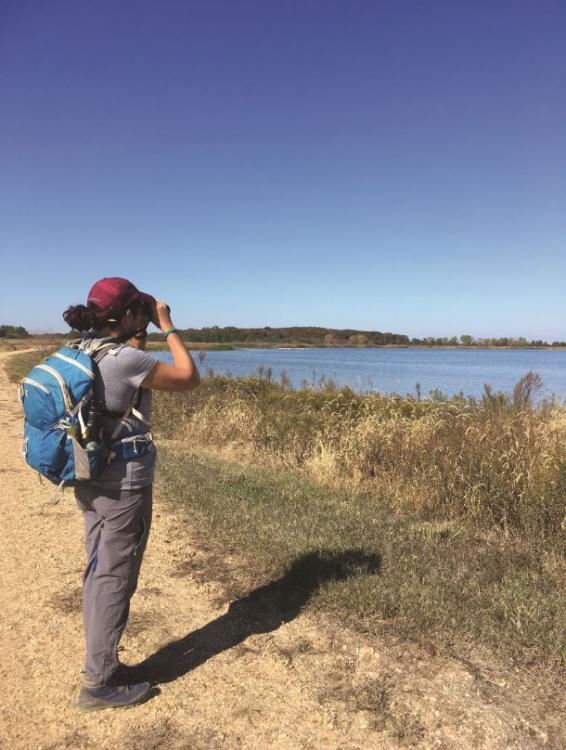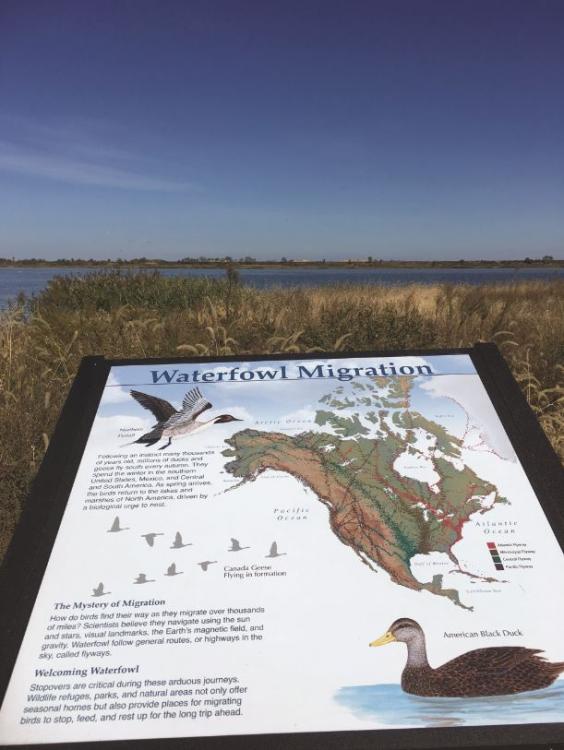Species Diversity and Abundance on Hart-Miller Island
On a sparkling autumn October day, I had the privilege of walking the perimeter of Hart-Miller Island in the Upper Chesapeake with expert birder Kevin Graff who does a weekly survey of the island’s species for Maryland Environmental Service (MES) and National Fish and Wildlife (NFWS). Kevin has been surveying weekly for 19 years, weather permitting, and has a Cal Ripken-like streak of surveys combined with an exceptional memory of species diversity and abundance.

The nearby communities were opposed to having contaminated dredge spoil “dumped” in their backyard, but the state (a partnership between MES, U.S. Army Corps of Engineers, and the Maryland Port Administration) prevailed. In 1981 Hart and Miller Islands were joined by a dike, and the ambitious process of creating a new island began. Twenty-eight years and 100 million cubic yards of sediment later, a new ecosystem has been created, and Maryland has a new state park.
When the State looked for a new site for dredge spoils upon the completion of Hart-Miller, the Poplar Island restoration project began. The communities along Tilghman Island welcomed the shoreline protection and habitat creation provided by Poplar Island which will be similar in size to Hart-Miller upon completion.

When approaching from the south, proceed with caution through the Hart-Miller Island cut. Be sure to check the tides. The northern approach provides a better option for deeper draft vessels. Presently the only way to visit Hart-Miller is on a private vessel.
Sailors who love birds will be thrilled by the varied habitat of pine forest, mud flats, ponds, and marsh. Due to its location on the flyway, Hart-Miller hosts a large variety of spring and fall migrants as well as summer breeders and overwintering birds. Daily numbers of birds can exceed a thousand in the spring and fall. On my walk we saw 83 species with a total of 3405 individuals. Many of the birds we saw I had never seen in Maryland even though I spend a lot of time looking!
If you are sailing in the Northern Bay, Hart-Miller is definitely worth the visit.
About the Author: Pamela Tenner Kellett is currently channeling her passion for birds into writing a blog for Maryland Bird Conservation Partnership called Feather Underground.
Find more great SpinSheet articles here.




